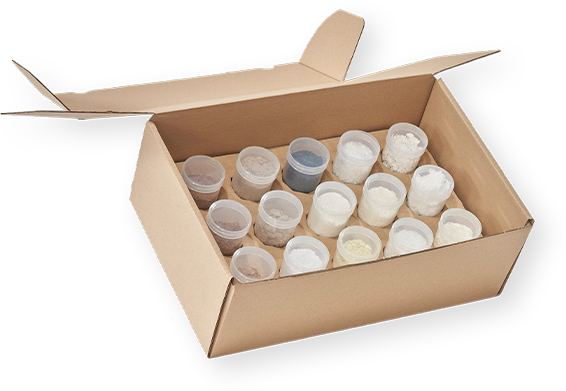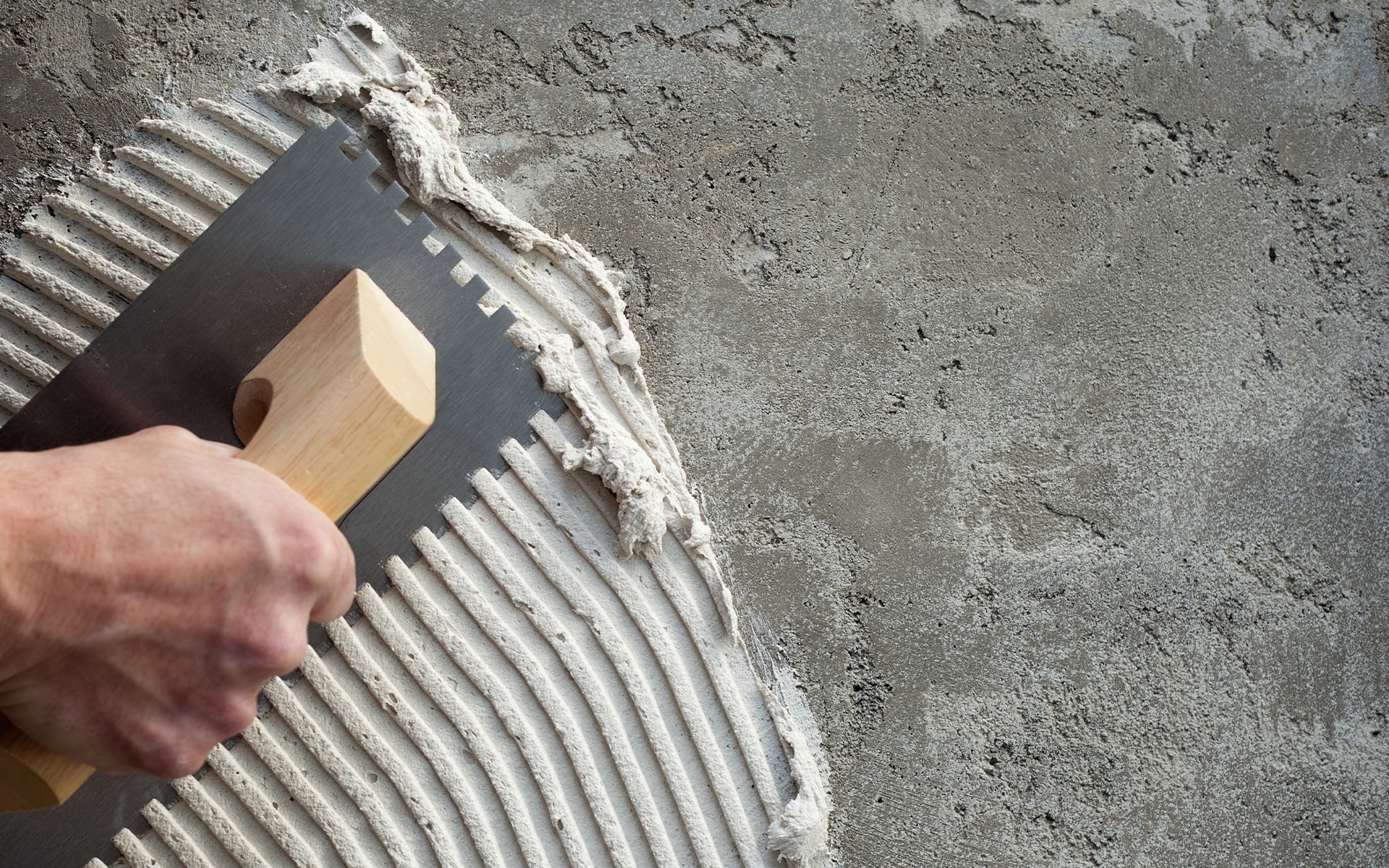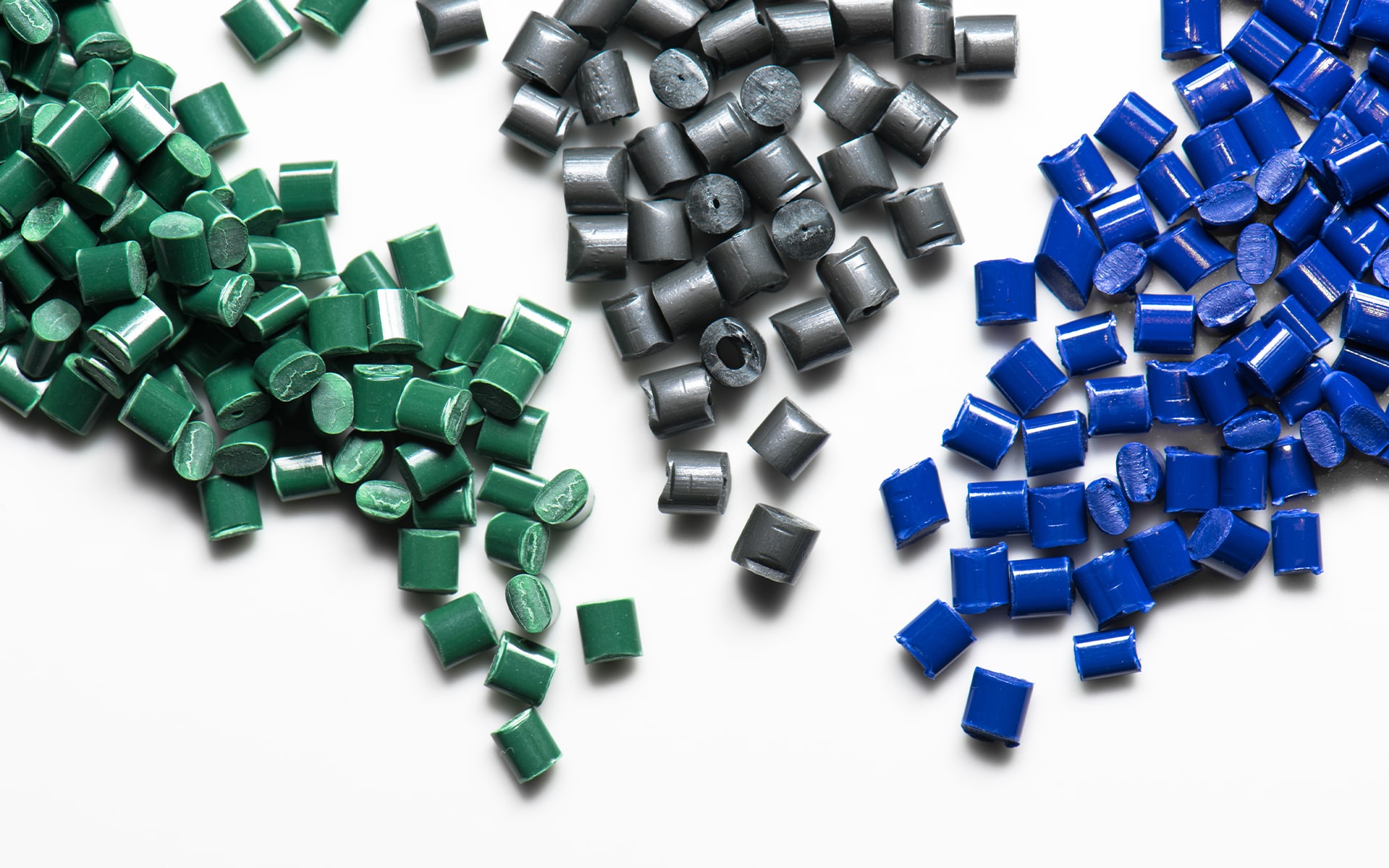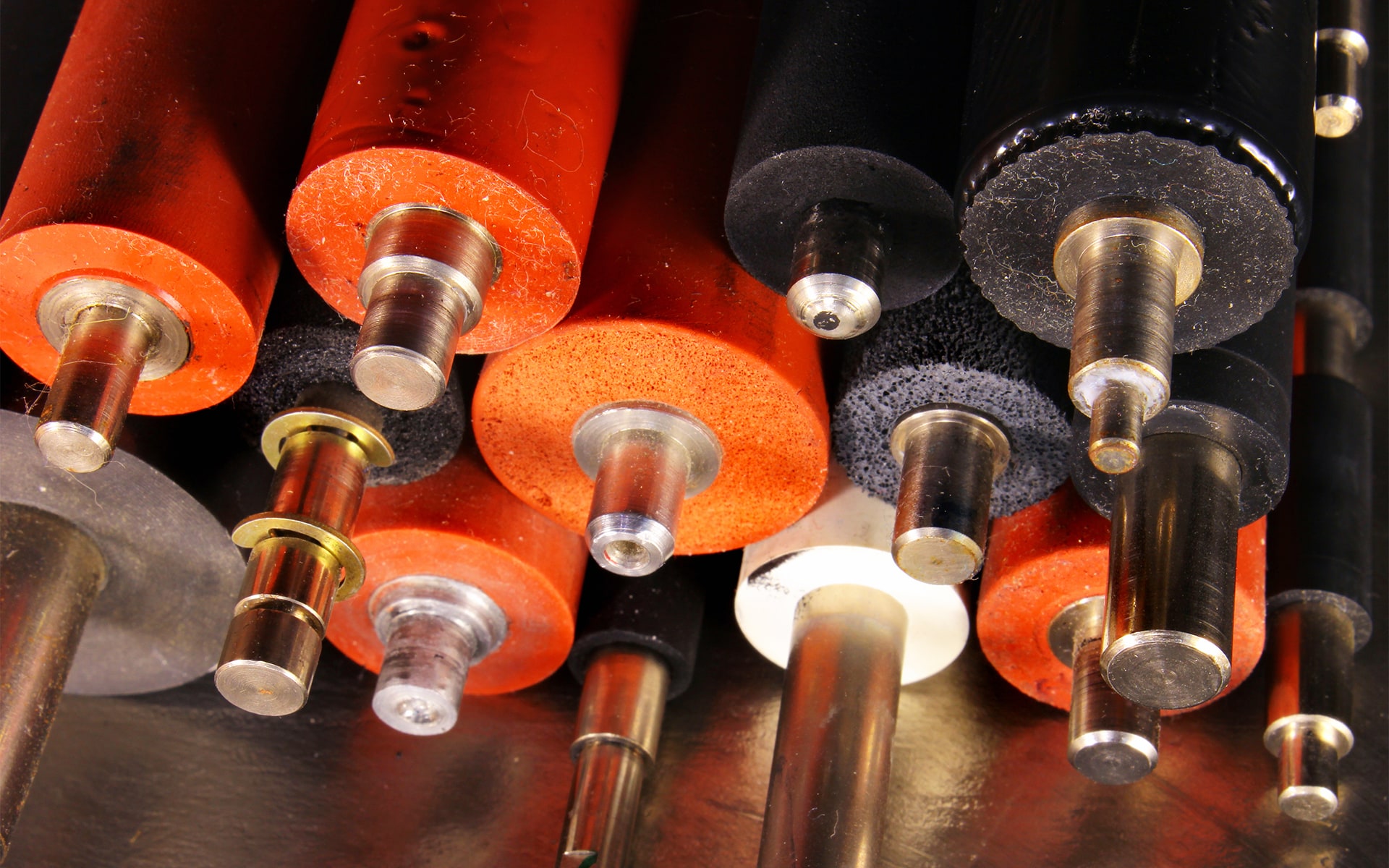

Polyamide-based fibres are generally better known by the protected brand names Nylon® and Perlon®. Polyamides are formed through reactions of carboxylic acid groups and amino groups to form amides. Unlike the structurally very similar aramids, polyamides feature only aliphatic carbon chains and no aromatic components. The fibre production takes place by means of melt spinning and mainly results in round fibre shapes. Polyamide fibres are characterised by high strength and toughness, and readily absorb moisture. They are also chemically very resistant to organic solvents.

Advantages

Disadvantages
Polyamides are formed by polymerisation (or, more precisely, polycondensation) between carboxylic acid derivatives and amino groups. In contrast to aramids, the carbon chains between the functional groups are aliphatic in nature and can vary in length. Polyamides are produced either via polycondensation from a dicarboxylic acid with a diamine or by the ring-opening polymerisation of a caprolactam. The polymerisation technique used can be identified by the name of the polymer obtained. If the polyamide is made from caprolactam, there is only one number after the product name (e.g. Nylon®-6). In the case of synthesis via polycondensation, two numbers are added after the product name (e.g. Nylon®-6.10). These fibres are usually produced by means of melt spinning. Here the polymer is melted in an extruder and, with the aid of spinnerets, processed into filaments and then finally into staple fibres. Downstream processes such as stretching and fibre finishing complete the process.
Fibre Filler
6
Types
Short Cut
27
Types

Contact our fibre experts and discover our extensive STW sample box with numerous raw material samples, personally tailored to your needs and requirements.
State-of-the-art laboratory facilities, quality management according to ISO 9001:2015, energy management according to ISO 50001:2018 and last but not least the high demands on our own work ensure the high quality standards of our Polyamide fibre. See for yourself.
If you want to know more about the technology and quality of our Polyamide fibre If you want to know, just get in touch with us. We would be happy to advise you comprehensively and help you with our know-how.
You are looking for the perfect Polyamide fibre for your application or have an exact requirement profile, which the used Polyamide fibre must fulfill?
Then you are exactly right, as a technology leader in the field of fibre development and production, we offer you individual solutions and manufacturing processes that ensure constant and reproducible fibre quality.




